Answer the question
In order to leave comments, you need to log in
How to build a network map, inventory and monitor?
Moved to a new job:
I inherited a bunch of IP equipment: from CCTV cameras and access points, to servers, storage switches, printers, etc. Just offhand more than 1000 devices constantly working or turning on on demand.
I was immediately puzzled by the inventory of all this wealth - the previous admin knew his business poorly, well, at least there are passwords.
There are a dozen networks for different types of equipment, communication through servers.
How to detect, calculate and monitor all this?
For example, now I'm studying "10-Strike: Network Diagram", LanTopoLog 2, Algorius Net Viewer and Total Network Inventory 3.
What can you advise? The most necessary thing is a visual map of the network with addresses and poppies.
Answer the question
In order to leave comments, you need to log in
At one time I was also looking for a specialized program for drawing networks and something was found.
Friendly Software website (http://www.kilievich.com) has two freeware programs with similar functionality Friendly Pinger and Friendly Net Viewer , see their screenshots .
You can add computers to the circuit, connect them with lines, supplement them with all sorts of comments. But the coolest feature is the status. If the IP is alive, the icon is lit, otherwise it is off.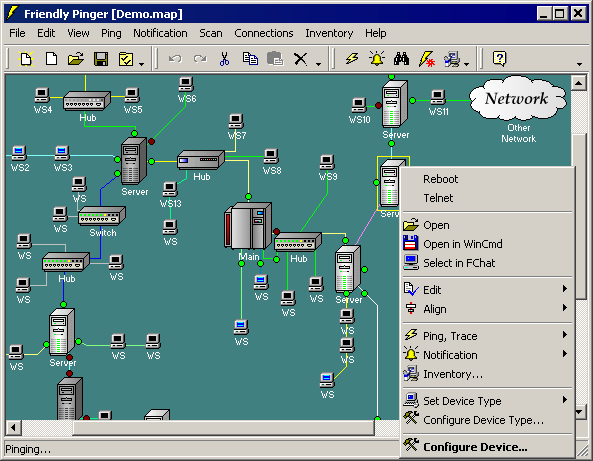
take and draw in visio. if you don’t know what kind of piece of iron on the ip shnik, you take a scanner (from nmap to, for example, maxpatrol), scan and draw in visio.
For manual map building I use Obsidian:
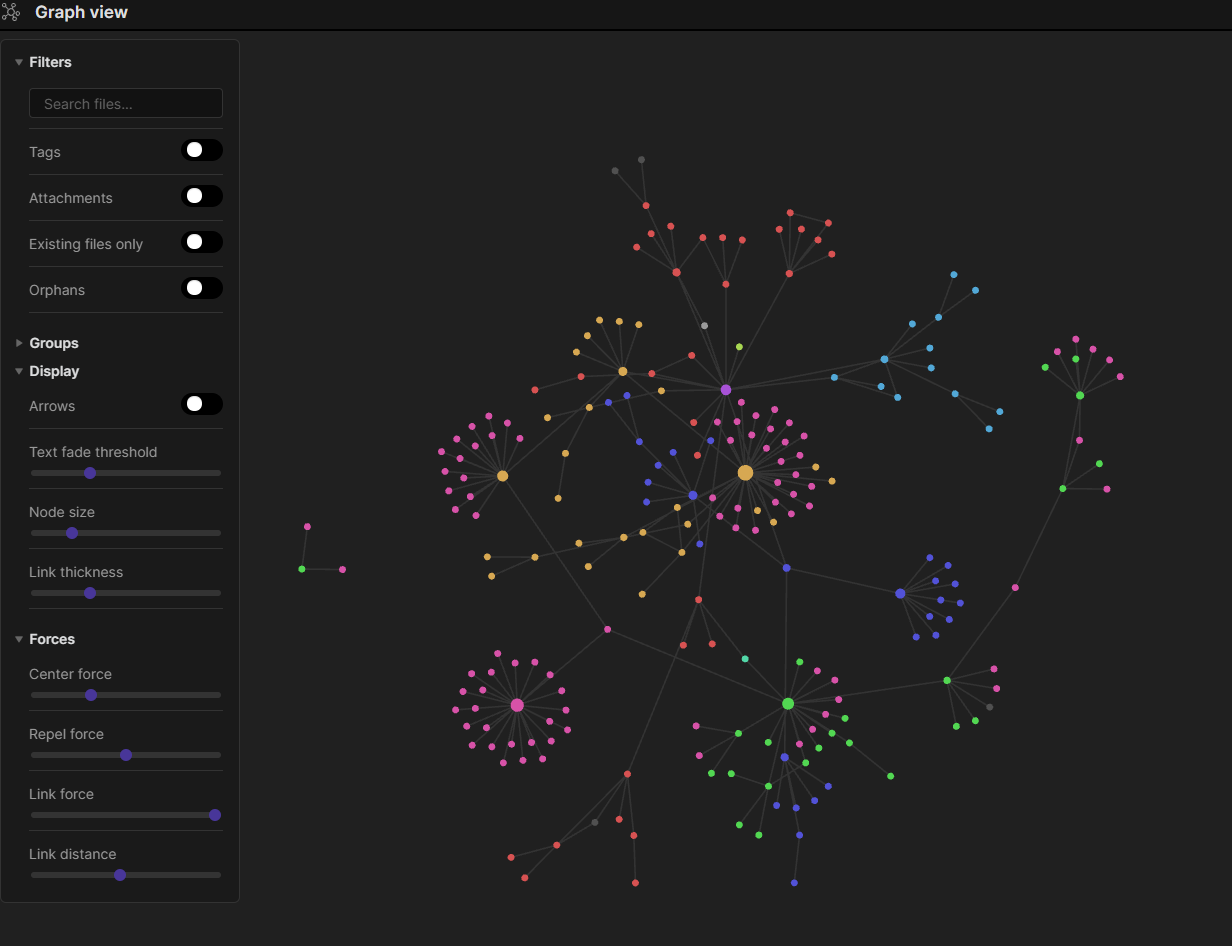
(PS temporarily hid the labels of the nodes - in general, the node is signed by the name of the note that corresponds to it)
- in general, this is a note manager based on the zettelkasten principle, but it was also very good for this. The whole point is that when you change the notes (markdown files that you can even open with a notepad if anything) - the graph is rebuilt automatically.
Template:
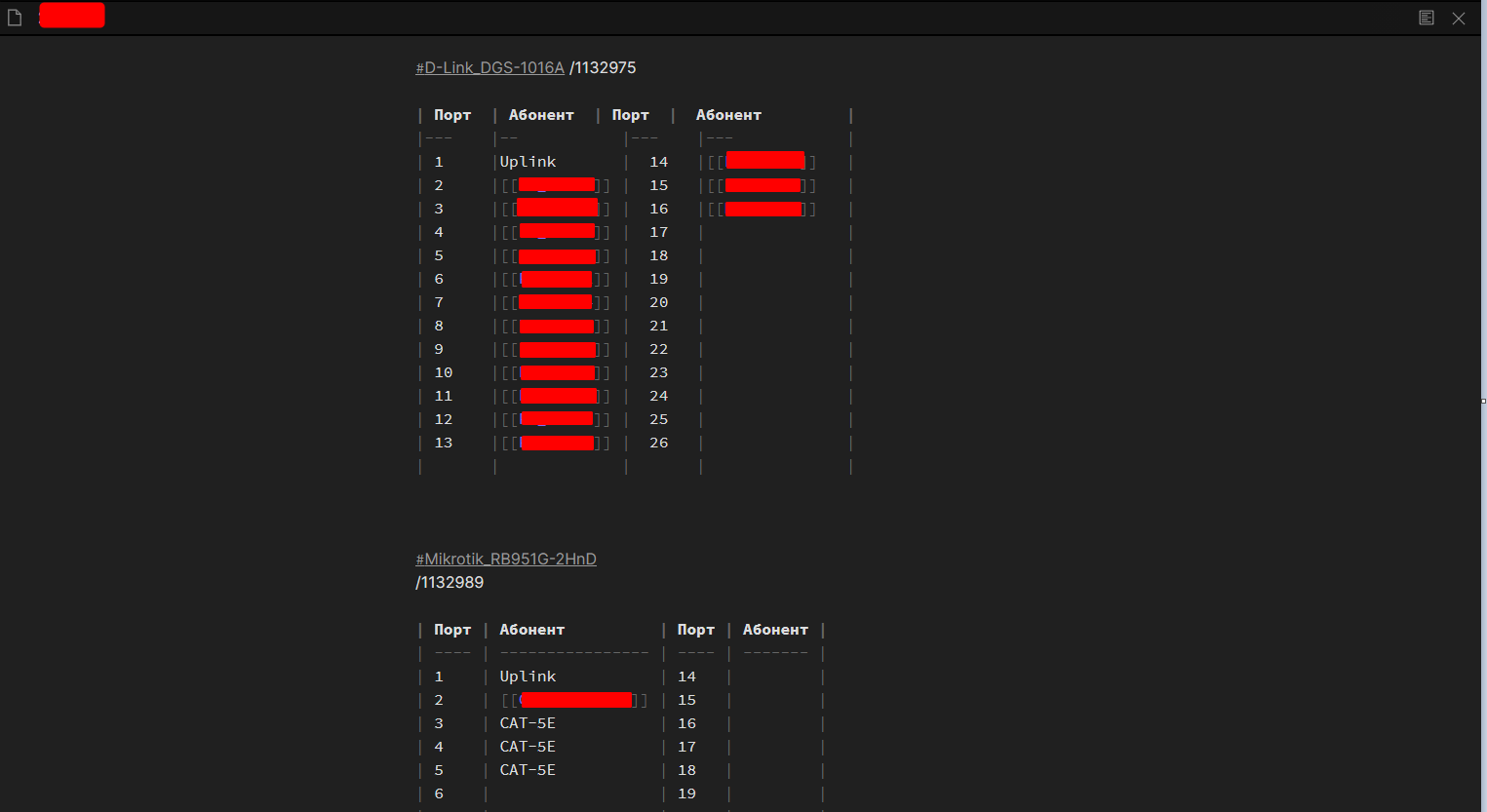
Clicking on a graph node opens the note itself.
When hovering over, the nodes with which it is connected are highlighted: I
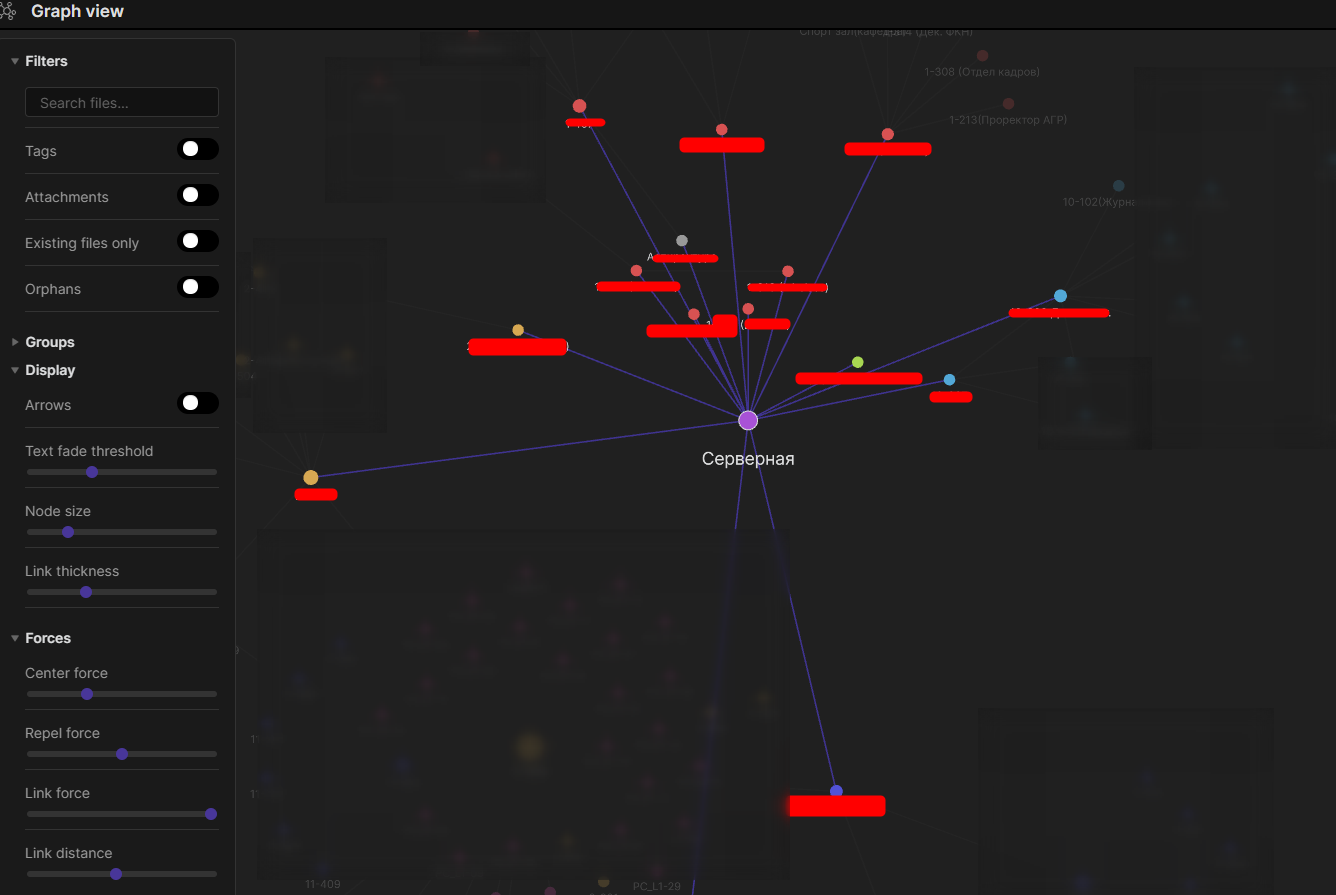
also made myself a separate directory with equipment: A
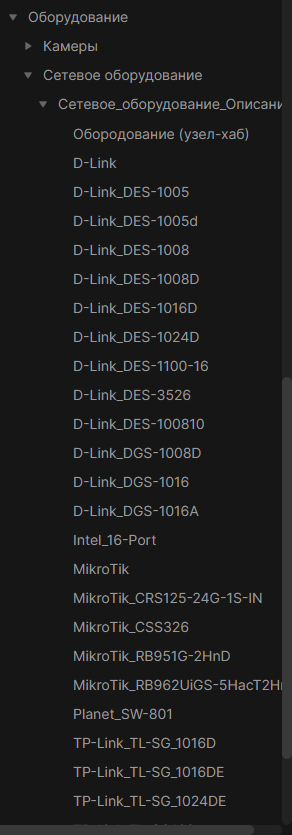
hub-note for it:
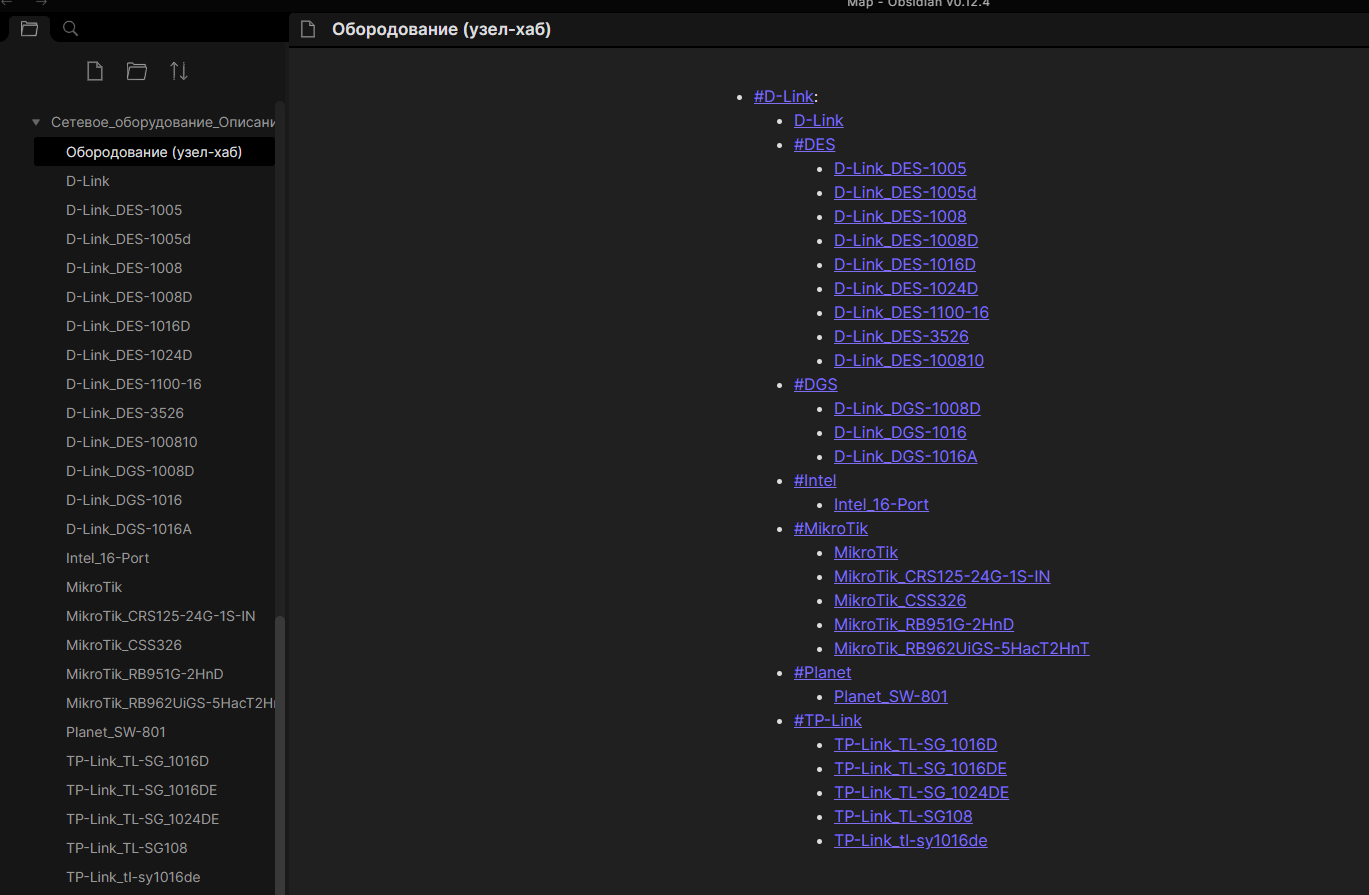
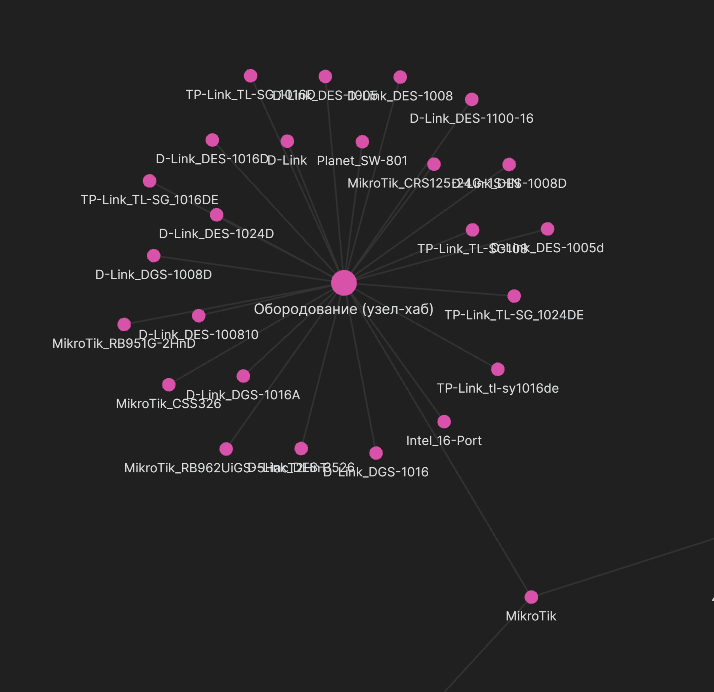
(On the graph, you can hide it and the entire directory in general - no matter what)
I mark the equipment with tags - through the symbol "#" - then it is very convenient to look for exactly where this model of equipment is installed:
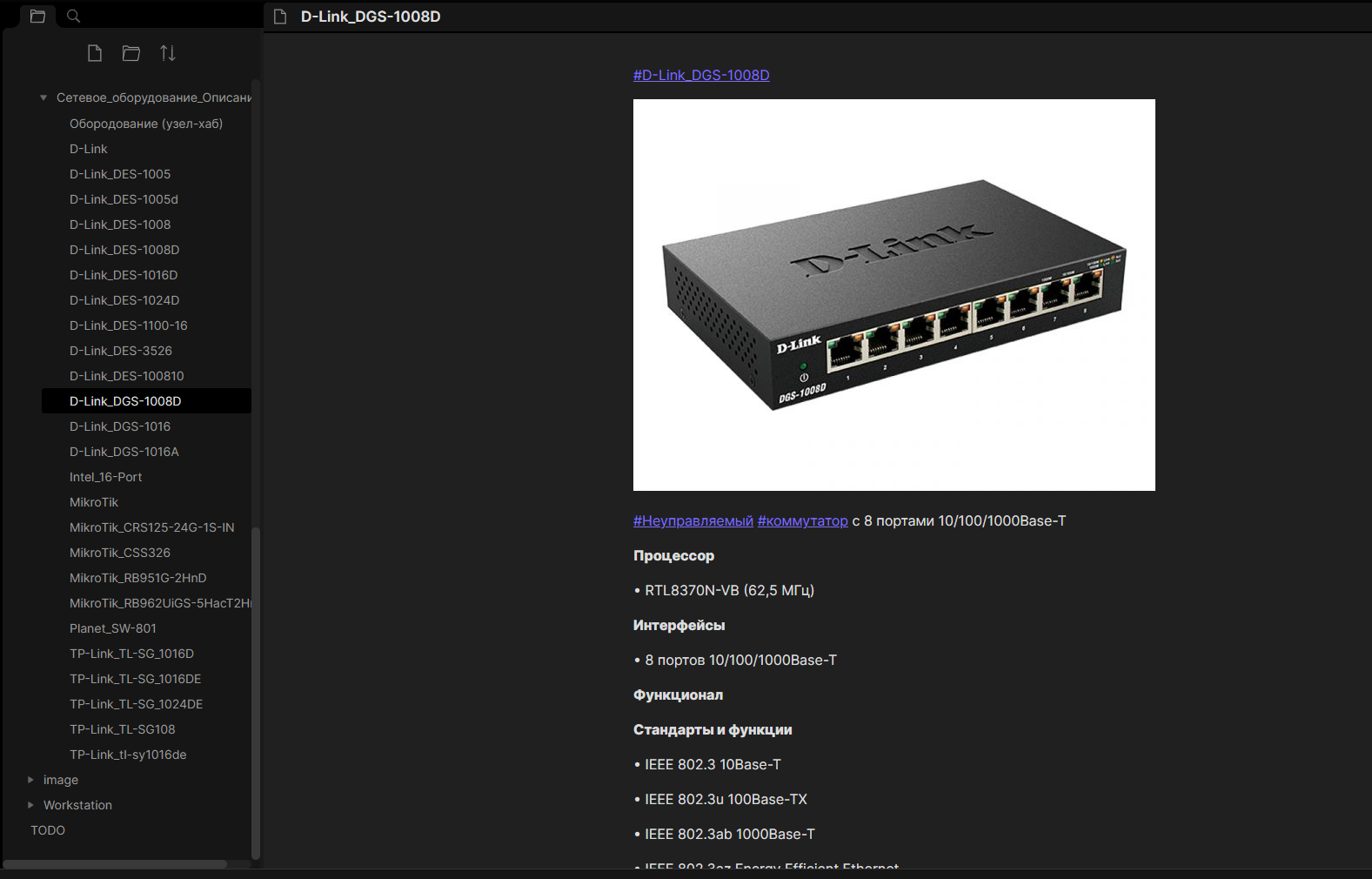
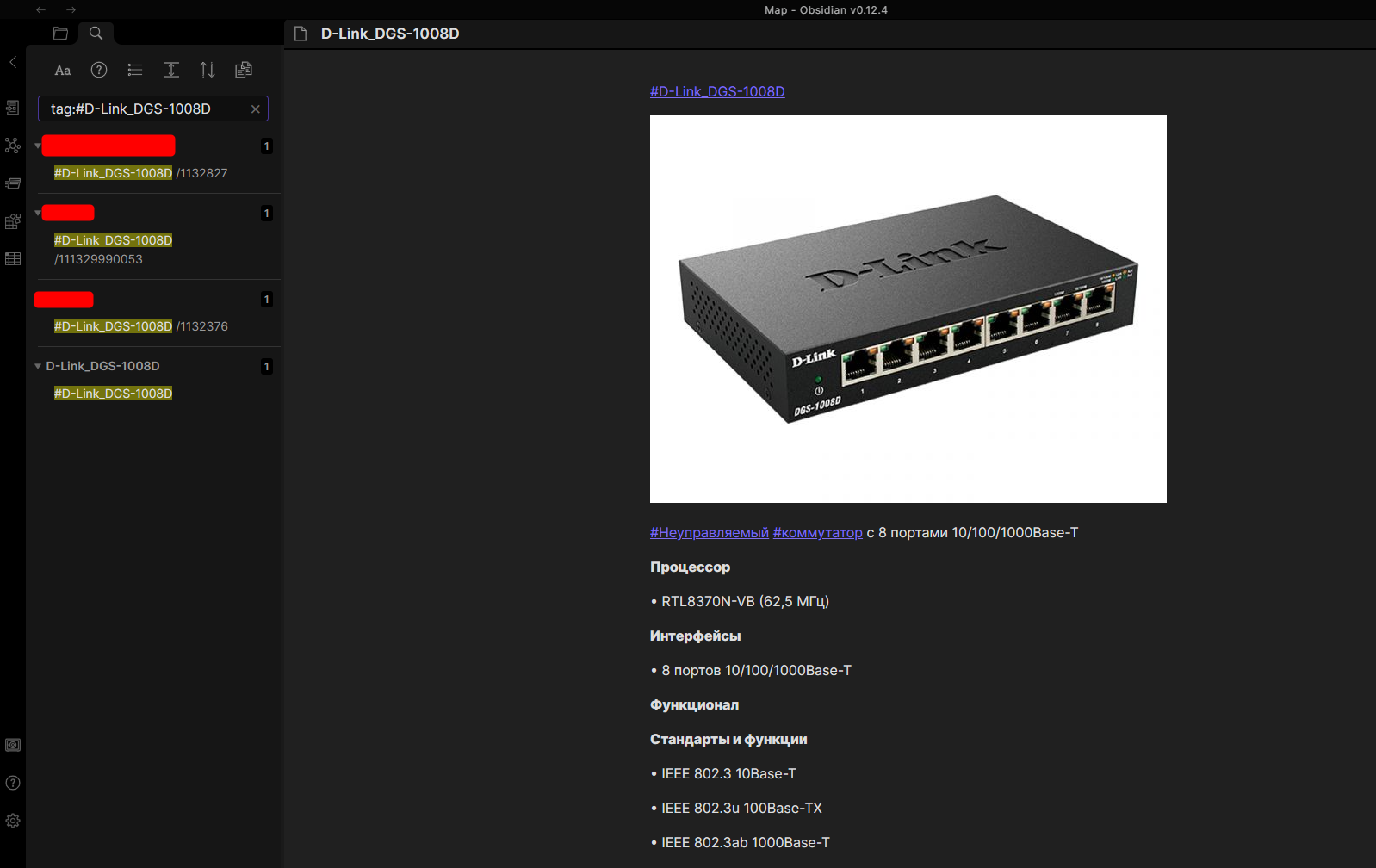
But, this is not a panacea - you need to initially plan everything correctly, as Valentine said . I just shared my version of how to speed up the manual construction of a map - because the graph automatically simplifies everything, for example, compared to drawing in Visio; The most important thing is to make the premises with bridles and already inside the note to paint the equipment by ports, and mark the network equipment itself with hash tags.
(Ps - there were good articles on Habré about using Obsidian)
Didn't find what you were looking for?
Ask your questionAsk a Question
731 491 924 answers to any question